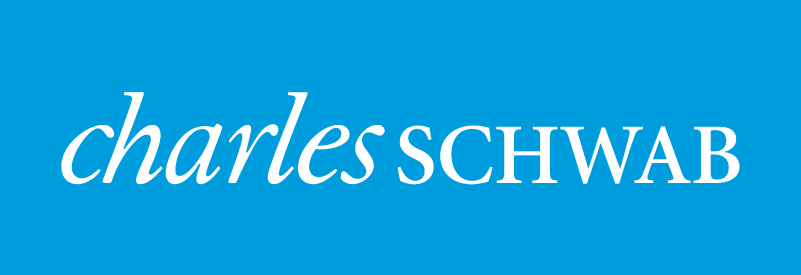Positive corporate earnings and economic data propelled global equity markets to an eighth consecutive positive month. Emerging and developed international markets outperformed the U.S. aided by a weaker U.S. dollar and a spike in commodity prices (excluding oil). Major news items included tension with North Korea, Hurricane Harvey, the Jackson Hole Economic Symposium, and the political climate in D.C. (staff purges, Charlottesville). Large multinational stocks outperformed small cap stocks again and by a wide margin due to encouraging non-U.S. economic trajectory and currency fluctuations. Information technology stocks led the way, continuing the trend of 2017 while financials and energy stocks lagged due to falling interest rates and oil prices respectively.
August Market Anecdotes:
- Crude oil fell over $3/barrel (6%) in August due to a sharp short-term demand decline from gulf coast refinery shutdowns (Harvey) and shale oil profitability concerns of sub $50 oil.
- Second quarter y/y U.S. corporate earnings posted a second consecutive double digit growth rate thanks in part to depressed earnings hurdles in first half of 2016. Second half 2016 results will start to present more formidable comps as we move into 3Q and 4Q earnings seasons.
- The U.S. dollar continued to weaken against all major currencies in August, currently -6.6% on a trade weighted basis in 2017. Strength in the euro benefited European equity markets in August but is expected to pose challenges longer term for Europe’s export oriented economy. The Euro is +6.2% on a trade weighted basis in 2017 which makes European exports more expensive to other countries and will act as a deflationary force across the continent.
- The Jackson Hole conference did not deliver any market moving central bank narratives. The ECB is expected to begin tapering their QE program before year end while the Fed has a dot problem on its hands – the market is only pricing in 0.22% of rate hikes through 2018 while the Fed is on record forecasting one hike in December and three in 2018.
- The lack of headline inflationary pressures in the U.S. offset by commodity price increases and emerging signs of wage pressures lead us to believe the Fed will begin balance sheet reduction and affect one more hike in 2017 but only one or two hikes in 2018.
- Abenomics reform initiatives over the past few years have been notable. From 2013-2016, the percentage of companies with independent directors has risen from 18% to 78%. The number of companies employing performance based compensation rose from 640 to 941 and those making public disclosures rose from 679 to 1055. Japan posted 4% GDP growth and inflation appears to be bottoming, and Japanese stocks trade at a 19% discount to the MSCI World equity index.
Economic Updates:
- All 45 member-states of the OECD reported positive economic growth for the first time since 2007 and only the third time in the past 50 years. If the U.S. expansion lasts through the second half of 2019, it would mark the longest economic recovery/expansion on record.
- August job growth of 156,000 missed expectations for 180,000 but is a decent result given the U.S. is at full employment. The official unemployment rate rose 0.1% to 4.4%.
- The August ISM manufacturing index registered 58.8, well over expectations for 56.6. Production and new orders both registered over 60 for the third straight month and have the ISM registering its highest level since April 2011.
- Core PCE, one of the Fed’s preferred inflation measures, remained benign at 1.4% y/y.
- August revealed an encouraging look at July’s retail sales, registering 0.6% growth, exceeding top expectations and included sizable upward revisions to May and June figures.




Leave a Reply